Power Articles
Industry Elevating Content
Maximizing Space: Creative Deck Design Solutions
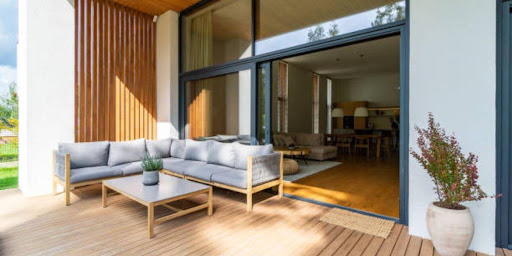
PowerArticles
Mar. 4, 2024
Making the most of available space is crucial. When it comes to deck design, creativity plays a key role in maximizing space effectively. From small urban balconies to sprawling suburban backyards, there are innovative solutions to suit every need. This article explores various creative deck design solutions aimed at helping exterior home improvement companies enhance their offerings and meet the diverse needs of their clients. Whether it’s incorporating multifunctional furniture, utilizing vertical space, or integrating clever storage solutions, the possibilities for maximizing space on decks are endless.
Assessing Space and Needs
When maximizing space through creative deck design, the first step is to assess the available area, understand the client’s requirements, and consider budget constraints.
A. Evaluating available space involves carefully measuring the dimensions of the deck area. This includes accounting for any irregular shapes or obstacles such as trees or utility structures. By understanding the exact space available, designers can plan more effectively.
B. Understanding client requirements is essential for creating a deck that meets their needs and desires. This may involve discussing how they intend to use the space, whether it’s for entertaining guests, dining, relaxation, or other activities. Clients may also have specific features or aesthetics in mind that they want to incorporate into the design.
C. Considering budget constraints ensures that the design remains practical and feasible. Designers must work within the client’s budget to select materials, features, and design elements that provide the best value while still meeting the client’s goals.
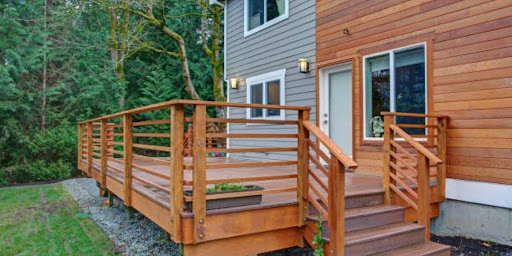
Creative Deck Design Ideas
Once the space and needs have been assessed, designers can explore various creative deck design ideas to maximize space and functionality.
A. Multi-level decking offers a dynamic solution for maximizing space by utilizing different heights to create distinct zones. This not only maximizes usable space but also adds visual interest and separation between areas. For example, one level may be designated for dining while another is for lounging or gardening.
- Utilizing different heights for distinct zones allows for better organization and utilization of space. For instance, a raised platform can serve as a designated seating area, while a lower level can accommodate a fire pit or hot tub.
- Creating visual interest and separation between zones enhances the overall aesthetics of the deck while also providing privacy and delineating different areas for various activities.
B. Built-in seating and storage help maximize functionality without adding clutter to the deck space. By integrating seating and storage solutions into the design, designers can create a seamless and cohesive look while maximizing the use of space.
- Maximizing functionality without clutter is achieved by incorporating built-in seating that serves multiple purposes, such as benches with hidden storage compartments or seating that can be converted into a dining table.
- Customizing seating to fit the space ensures that every inch of the deck is utilized efficiently. This may involve designing built-in benches or banquettes that wrap around the perimeter of the deck or installing movable seating that can be rearranged as needed.
C. Incorporating greenery into the deck design adds a touch of nature and helps create a more inviting and relaxing outdoor space.
- Vertical gardens or planters maximize space by utilizing vertical surfaces to grow plants and flowers. This not only adds visual interest but also helps screen unsightly views and provides privacy.
- Blending nature into the design creates a seamless transition between the indoor and outdoor spaces, enhancing the overall ambiance and creating a more enjoyable outdoor experience.
D. Integrated lighting solutions enhance the ambiance and safety of the deck while also maximizing space by eliminating the need for bulky standalone lighting fixtures.
- Enhancing ambiance and safety is achieved by strategically placing lighting fixtures throughout the deck area to provide adequate illumination for various activities while also highlighting architectural features and landscaping.
- Options for low-voltage and solar lighting offer energy-efficient solutions that are both cost-effective and environmentally friendly.
E. Flexible furnishings such as foldable or modular furniture adapt to different activities and group sizes, maximizing space and versatility.
- Foldable or modular furniture can be easily rearranged or stored away when not in use, allowing for greater flexibility in how the deck space is utilized.
- Adaptable to different activities and group sizes ensures that the deck can accommodate various gatherings and events, from intimate dinners to large parties.
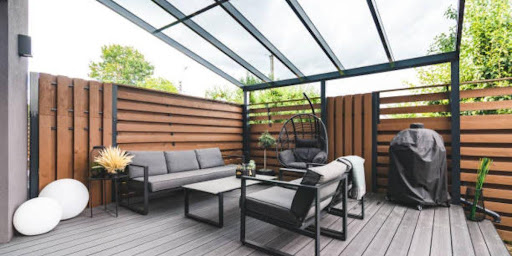
Materials and Construction Techniques
When it comes to maximizing space through creative deck design, the choice of materials and construction techniques plays a crucial role. Here’s a breakdown of key considerations:
A. Choosing durable and low-maintenance materials
- Composite decking vs. traditional wood: Exterior home improvement companies need to weigh the pros and cons of composite decking versus traditional wood. While wood decks offer a classic look, composite decking boasts durability and requires less maintenance. Composite decking is resistant to rot, decay, and insect damage, making it an attractive option for homeowners seeking longevity and minimal upkeep.
- Longevity and sustainability considerations: Sustainable practices are increasingly important in construction. Composite decking, often made from recycled materials, aligns with eco-friendly initiatives. Moreover, its longevity reduces the need for frequent replacements, contributing to sustainability efforts.
B. Innovative construction methods
- Decking patterns for added visual appeal: Incorporating innovative decking patterns can enhance the aesthetic appeal of a deck. Diagonal or herringbone patterns, for example, create visual interest and make the space feel larger. Exterior home improvement companies can offer various pattern options to suit different architectural styles and homeowner preferences.
2. Efficient installation techniques for time and cost savings: Time and cost efficiency are paramount in construction projects. Utilizing efficient installation techniques, such as pre-fabricated components or modular systems, can streamline the construction process. This not only saves time but also reduces labor costs, benefiting both the company and the homeowner.
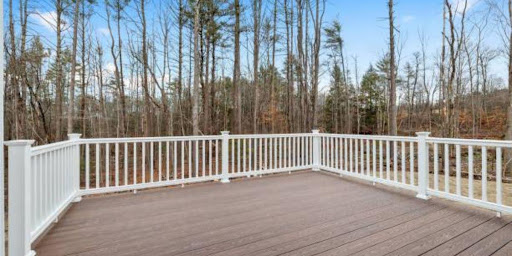
Addressing Challenges and Regulations
Maximizing space through creative deck design often involves navigating various challenges and adhering to regulations. Here’s how exterior home improvement companies can tackle them:
Compliance with local building codes
- Understanding permit requirements: Before beginning any construction project, it’s essential to understand local building codes and permit requirements. Exterior home improvement companies must ensure compliance with regulations governing deck construction, including size limitations, railing height, and setback requirements.
- Ensuring safety standards are met: Safety should be a top priority in deck design and construction. Companies must adhere to safety standards to prevent accidents and ensure the longevity of the structure. This includes using sturdy materials, installing proper railings, and following best practices for load-bearing capacity.
Overcoming site-specific challenges
- Dealing with sloped terrain or limited access: Sites with sloped terrain or limited access present unique challenges. Exterior home improvement companies must adapt their design and construction methods to accommodate these conditions. This may involve building retaining walls, incorporating multi-level decks, or utilizing specialized equipment for access.
2. Solutions for noise or privacy concerns: Privacy and noise concerns are common among homeowners, especially those in densely populated areas. Companies can address these issues through strategic deck design, such as incorporating privacy screens, landscaping for sound insulation, or utilizing materials that dampen noise transmission.
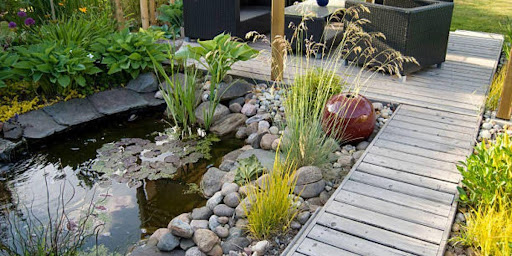
Conclusion
In conclusion, when it comes to maximizing space through creative deck design solutions, exterior home improvement companies can achieve remarkable results by prioritizing functionality, aesthetics, and innovation. By incorporating versatile features such as built-in seating, multi-level platforms, and clever storage solutions, companies can transform outdoor spaces into functional and inviting areas that meet the diverse needs of homeowners. Additionally, embracing sustainable materials and integrating greenery can not only enhance the beauty of the deck but also contribute to a more eco-friendly environment.
Published By
PowerArticles
Mar. 4, 2024